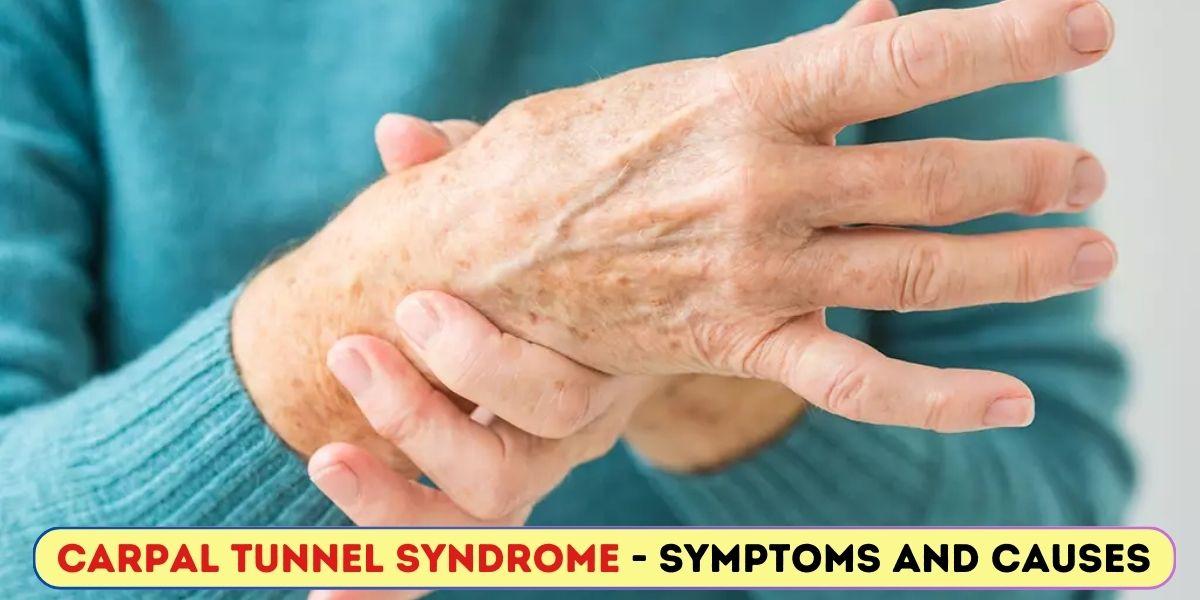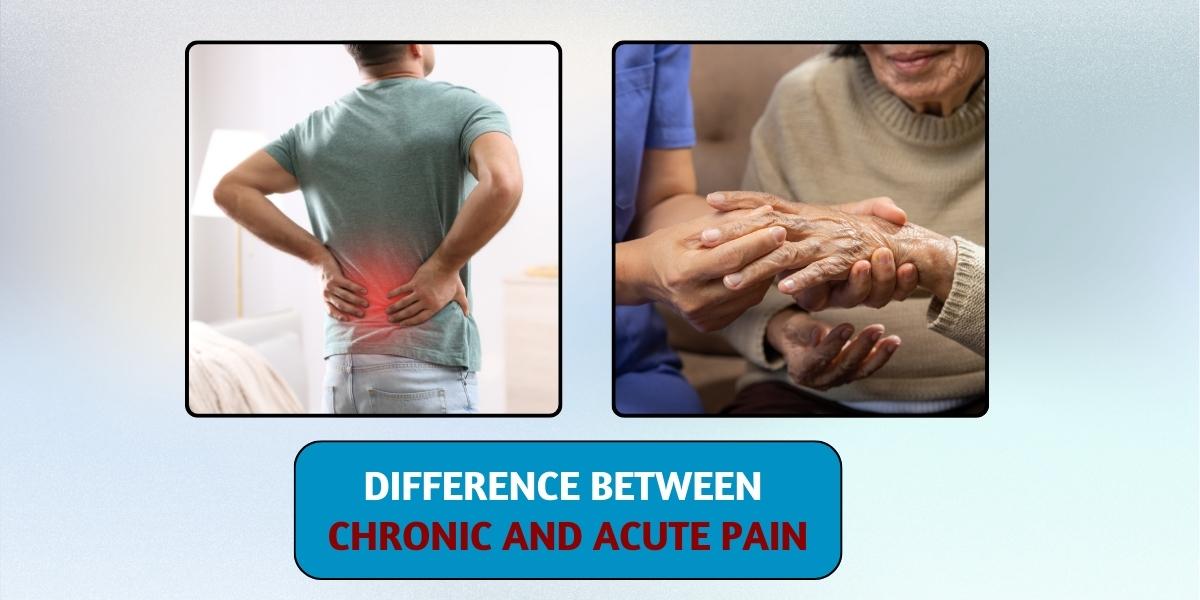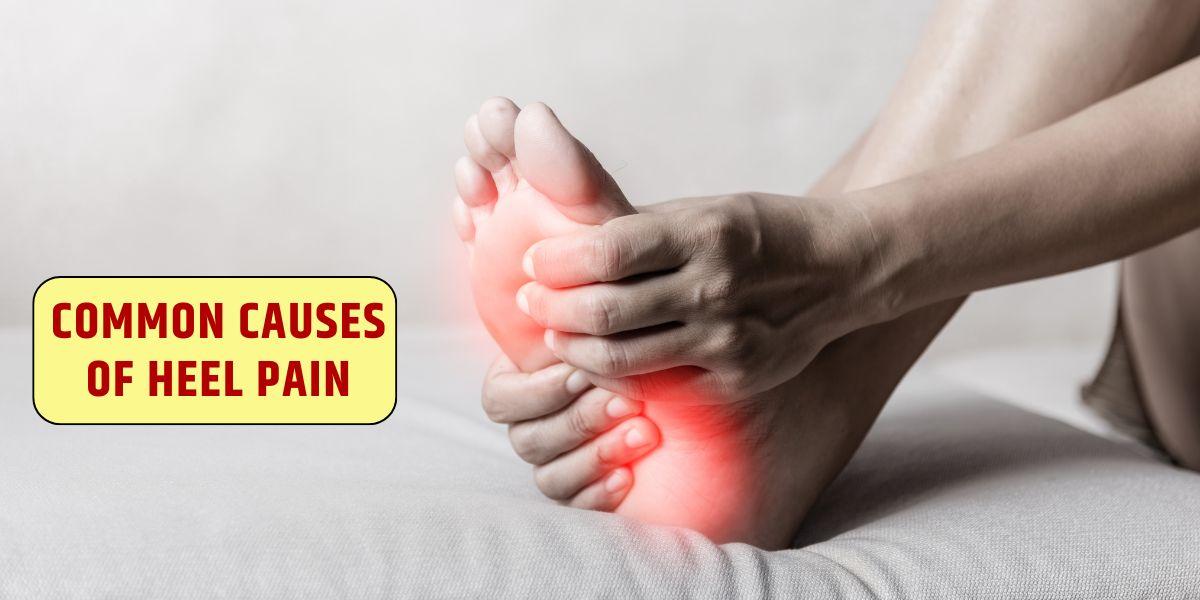
Carpal tunnel syndrome – Symptoms and causes
Carpal Tunnel Syndrome (CTS) is a prevalent condition affecting many individuals globally, causing discomfort and impacting daily activities. We will examine the signs and causes of Carpal Tunnel Syndrome in this guide, offering insightful analysis and practical advice to help those who are affected.
Understanding Carpal Tunnel Syndrome
Carpal Tunnel Syndrome is a condition that arises from the compression of the median nerve, a major nerve in the hand, as it passes through the carpal tunnel – a narrow passageway in the wrist. The compression can result in various symptoms that can significantly affect an individual’s quality of life.
Symptoms of Carpal Tunnel Syndrome
1. Numbness and Tingling
The hallmark symptoms of CTS include numbness and tingling in the thumb, index, middle, and ring fingers. This sensation often occurs during activities that involve repetitive wrist movements, such as typing or using handheld devices.
2. Pain and Discomfort
Individuals with Carpal Tunnel Syndrome may experience pain and discomfort in the affected hand and wrist. The pain can radiate up the forearm and may intensify during the night.
3. Weakness in Hand
As the condition progresses, some individuals may notice a weakness in their hands, making it challenging to grasp or hold onto objects. This can impact daily tasks and decrease overall hand functionality.
4. Burning Sensation
A burning sensation in the fingers or hand is another common symptom of CTS. This can be particularly bothersome and interfere with normal activities.
Causes of Carpal Tunnel Syndrome
1. Repetitive Hand Movements
Engaging in repetitive hand movements, such as typing or using vibrating tools, can contribute to the development of Carpal Tunnel Syndrome. Over time, these actions can lead to increased pressure on the median nerve.
2. Anatomic Factors
Certain anatomic factors, such as having a smaller carpal tunnel or a wrist injury, can predispose individuals to CTS. Understanding these factors is crucial for effective prevention and management.
3. Medical Conditions
Conditions such as rheumatoid arthritis and diabetes have been linked to an increased risk of developing Carpal Tunnel Syndrome. Managing these underlying conditions is essential in preventing and alleviating CTS symptoms.
FAQs About Carpal Tunnel Syndrome
Q: Is Carpal Tunnel Syndrome preventable?
A: While not entirely preventable, adopting ergonomic practices and taking breaks during repetitive activities can reduce the risk of developing CTS.
Q: Can Carpal Tunnel Syndrome be treated without surgery?
A: In many cases, non-surgical treatments such as wrist splints, physical therapy, and lifestyle modifications can effectively manage and alleviate CTS symptoms.
Q: How is Carpal Tunnel Syndrome diagnosed?
A: Diagnosis typically involves a thorough medical history, physical examination, and sometimes nerve conduction studies to assess the severity of nerve compression.
Conclusion
Experience relief from Carpal Tunnel Syndrome at Painmedic Pain Clinic with Dr. Kauser Mujawar. Regain control over your daily life by understanding the symptoms and causes of Carpal Tunnel Syndrome. Our clinic offers expert guidance and personalized treatments for both prevention and management. Don’t let Carpal Tunnel Syndrome affect your hand health any longer. Visit Painmedic Pain Clinic Pune and take the first step towards a pain-free life.





